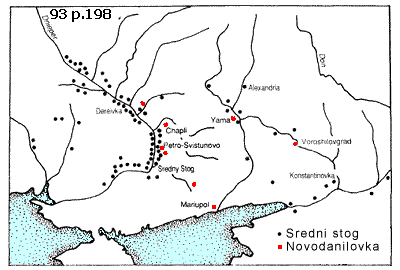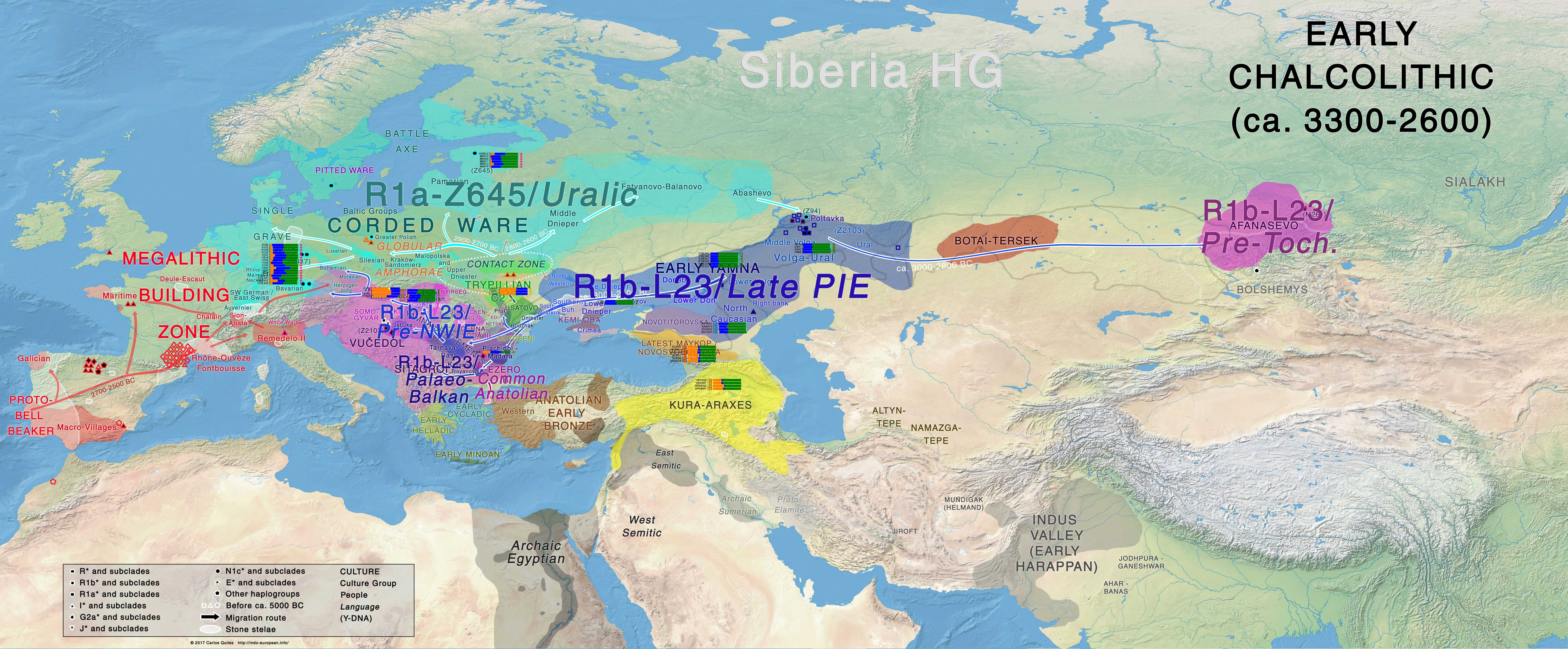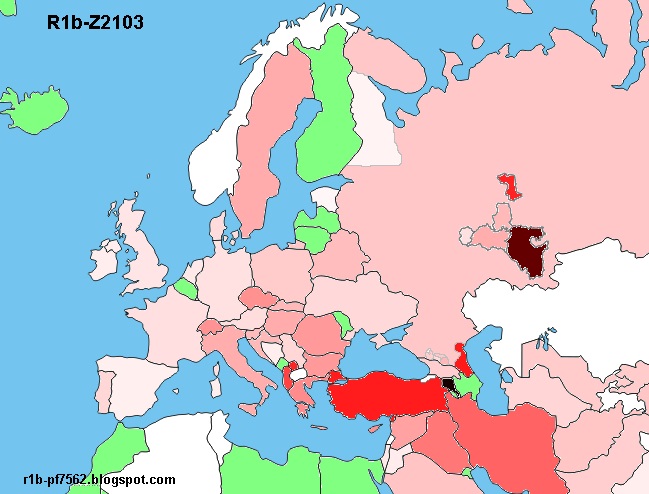Alex Repin
Regular Member
Question for the experts. The article "Genetic differentiation between upland and lowland populations shapes the Y-chromosomal landscape of West Asia" // Hum Genet (2017) 136:437–450 (researchgate.net/314493668) states that the European R-M269 does not come from the Yamnaya population. Apparently, R1b carriers came to Europe via Africa and Gibraltar before apparently even before the formation of the Yamnaya Culture (The Conquest of "Old Europe" and Central Europe (4200-2500 BCE)// .academia.edu/5965973). But is it possible that they came to Europe without " Yamnaya’s Markers" during the second phase of migration (The Conquest of Western Europe (2500-1200 BCE)) from some isolated enclave not associated with the Yamnaya Culture?





.jpg)





